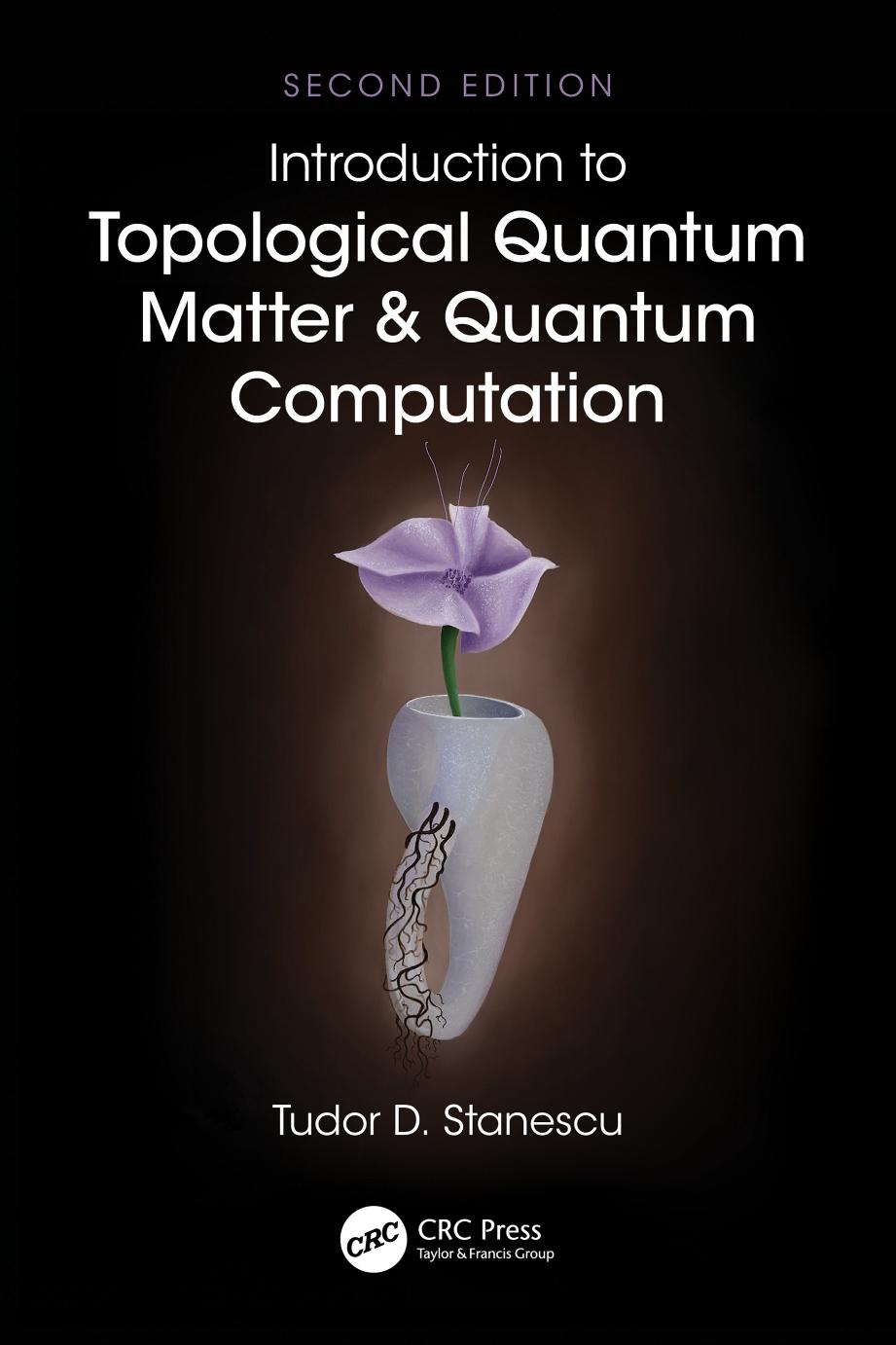

Most ebook files are in PDF format, so you can easily read them using various software such as Foxit Reader or directly on the Google Chrome browser.
Some ebook files are released by publishers in other formats such as .awz, .mobi, .epub, .fb2, etc. You may need to install specific software to read these formats on mobile/PC, such as Calibre.
Please read the tutorial at this link. https://ebooknice.com/page/post?id=faq
We offer FREE conversion to the popular formats you request; however, this may take some time. Therefore, right after payment, please email us, and we will try to provide the service as quickly as possible.
For some exceptional file formats or broken links (if any), please refrain from opening any disputes. Instead, email us first, and we will try to assist within a maximum of 6 hours.
EbookNice Team

Status:
Available4.4
32 reviewsAddressing these and other related questions, Introduction to Topological Quantum Matter & Quantum Computation provides an introduction to and a synthesis of a fascinating and rapidly expanding research field emerging at the crossroads of condensed matter physics, mathematics, and computer science. Providing the big picture and emphasizing two major new paradigms in condensed matter physics – quantum topology and quantum information – this book is ideal for graduate students and researchers entering this field, as it allows for the fruitful transfer of ideas amongst different areas, and includes many specific examples to help the reader understand abstract and sometimes challenging concepts. It explores the topological quantum world beyond the well-known topological insulators and superconductors and unveils the deep connections with quantum computation. It addresses key principles behind the classification of topological quantum phases and relevant mathematical concepts and discusses models of interacting and noninteracting topological systems, such as the toric code and the p-wave superconductor. The book also covers the basic properties of anyons, and aspects concerning the realization of topological states in solid state structures and cold atom systems.